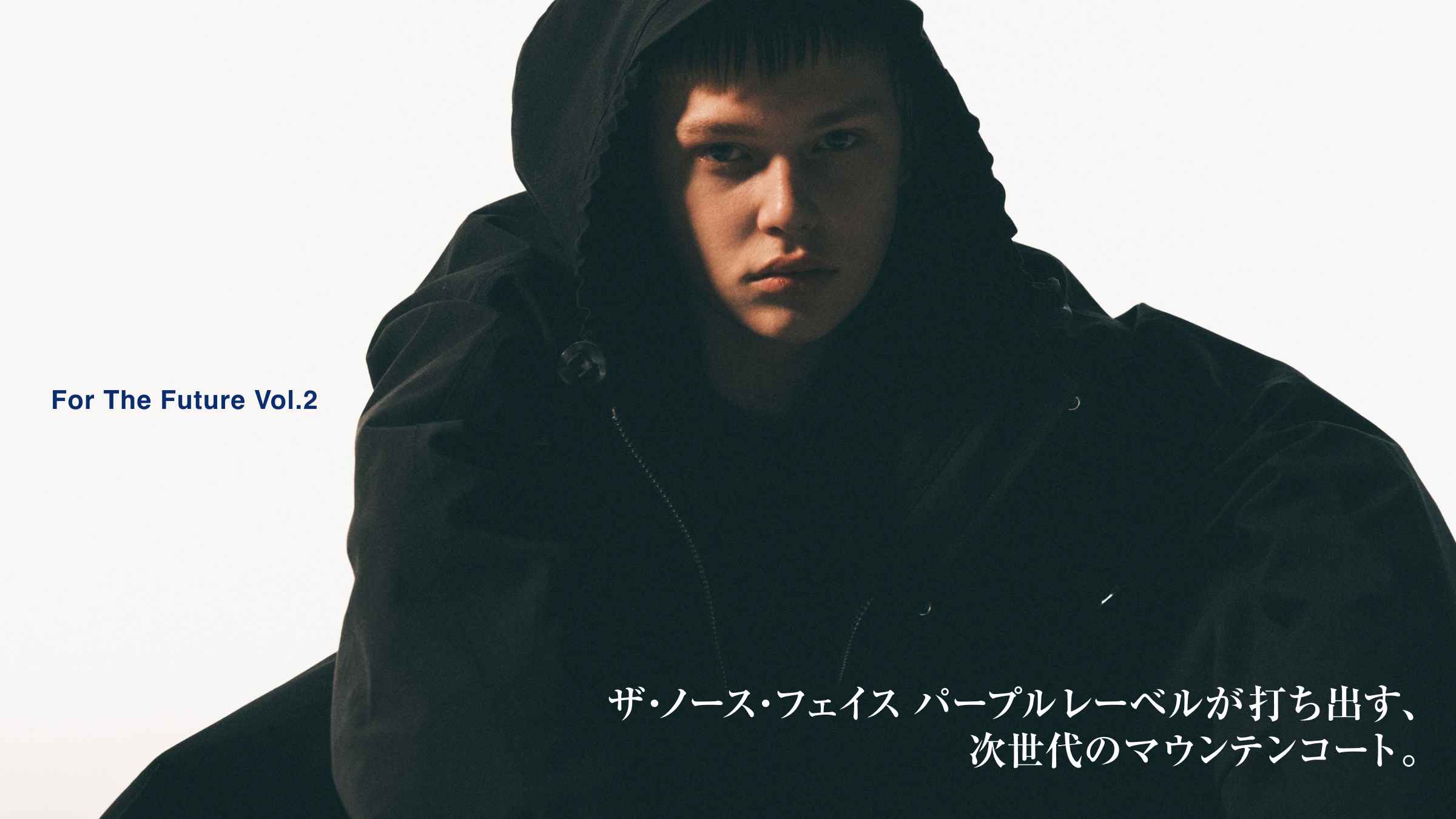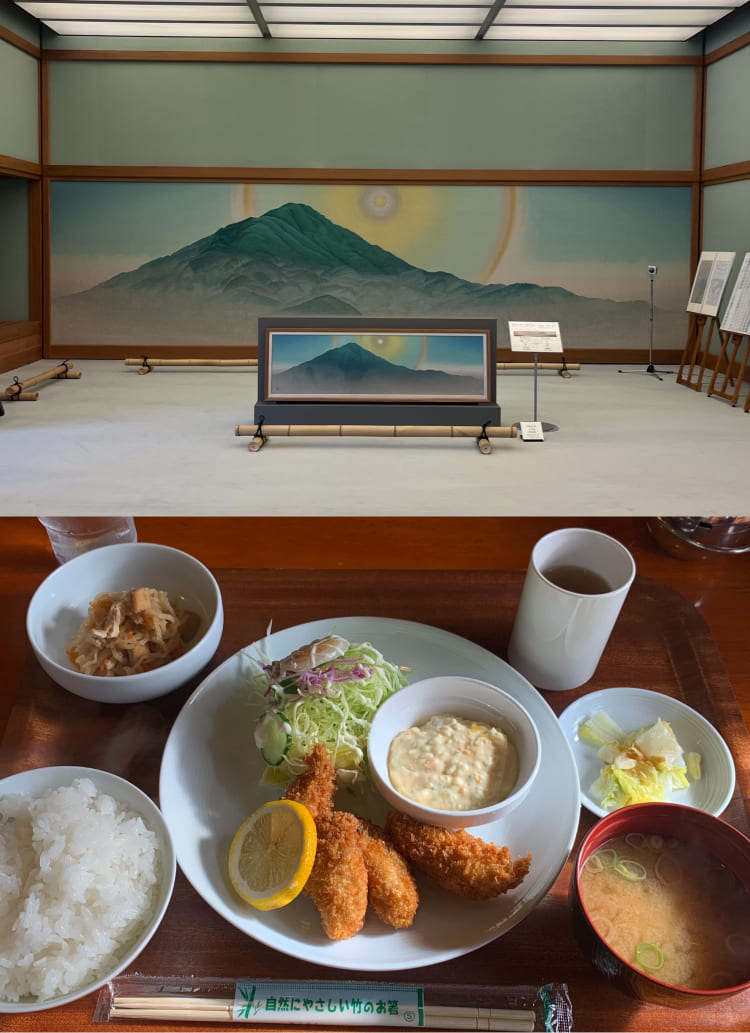What's so great about Brude Protein™ Fiber?
Depending on the design and processing of the initial DNA, "Brude Protein™ Fiber" can be as soft to the touch as cotton or wool, as leathery or fur-like, or it can change its shape at will. And that too, from plant-derived raw materials.

Spiber Inc.
There are many materials used for clothing, but they are just very difficult to produce. For cotton, a huge amount of land is needed to grow cotton, and for wool, each sheep needs about 10 kg of feed per day. The feed is basically grass, but it takes more pasture than cotton to grow that grass, and sometimes it has to be cut down. Besides, animal burping is one of the causes of global warming.
The situation is even more serious when it comes to synthetic fibers (e.g., polyester), which are made primarily from petroleum. When yarn is made from petroleum, a large amount of fuel is required and a lot of chemicals are used. The factories also emit exhaust gases. Even after the yarn is made into products, it is a problem because it does not return to nature. Burning the product releases toxic substances.
But the main resources needed for Brude Protein™ Fiber are microorganisms and plants that are found in the natural world around us as a source of nutrients. So, when compared to cashmere or wool, it reduces land use, water use, and greenhouse gases. In addition, the material has the property of decomposing in seawater and soil and returning to nature, so it does not emit microplastics as petroleum-derived materials do.
This is why "Brude Protein™" could be a game changer. It may be a leap too far, but if this material becomes more widely used, vast pastures and cotton fields could be returned to lush forests, and global warming could be halted. The used clothes can also become a source of nutrients for the next round of fermentation as they are decomposed by microorganisms once again. We do not pollute the earth, we do not use more resources than necessary, we just circulate.
It is Brude Protein™ Fiber that will create such a future.









